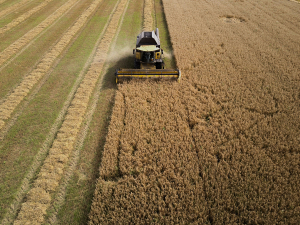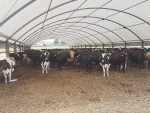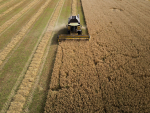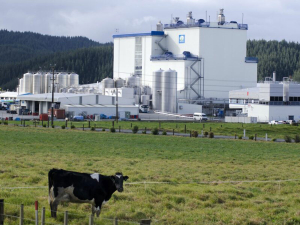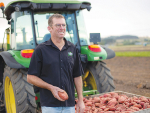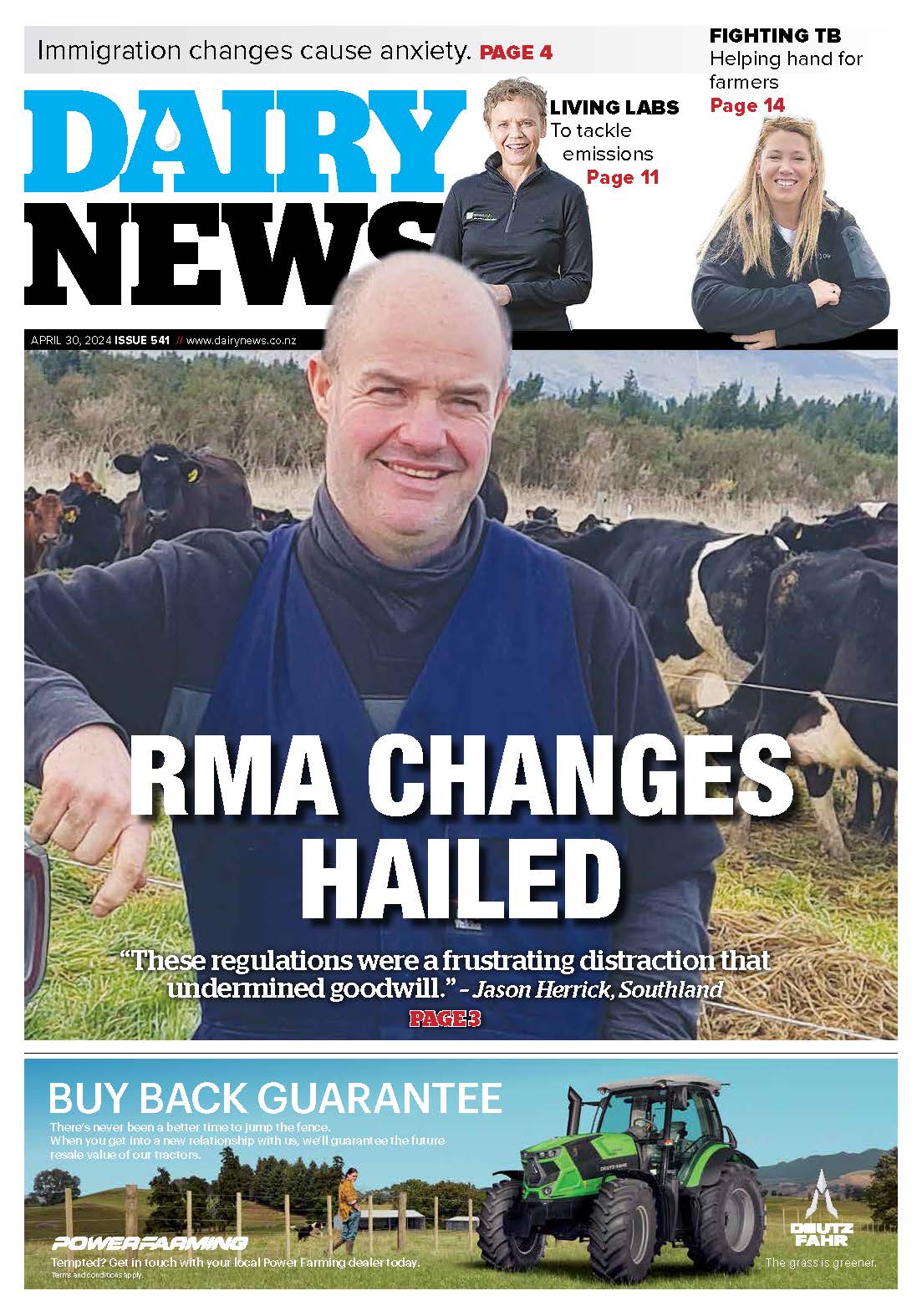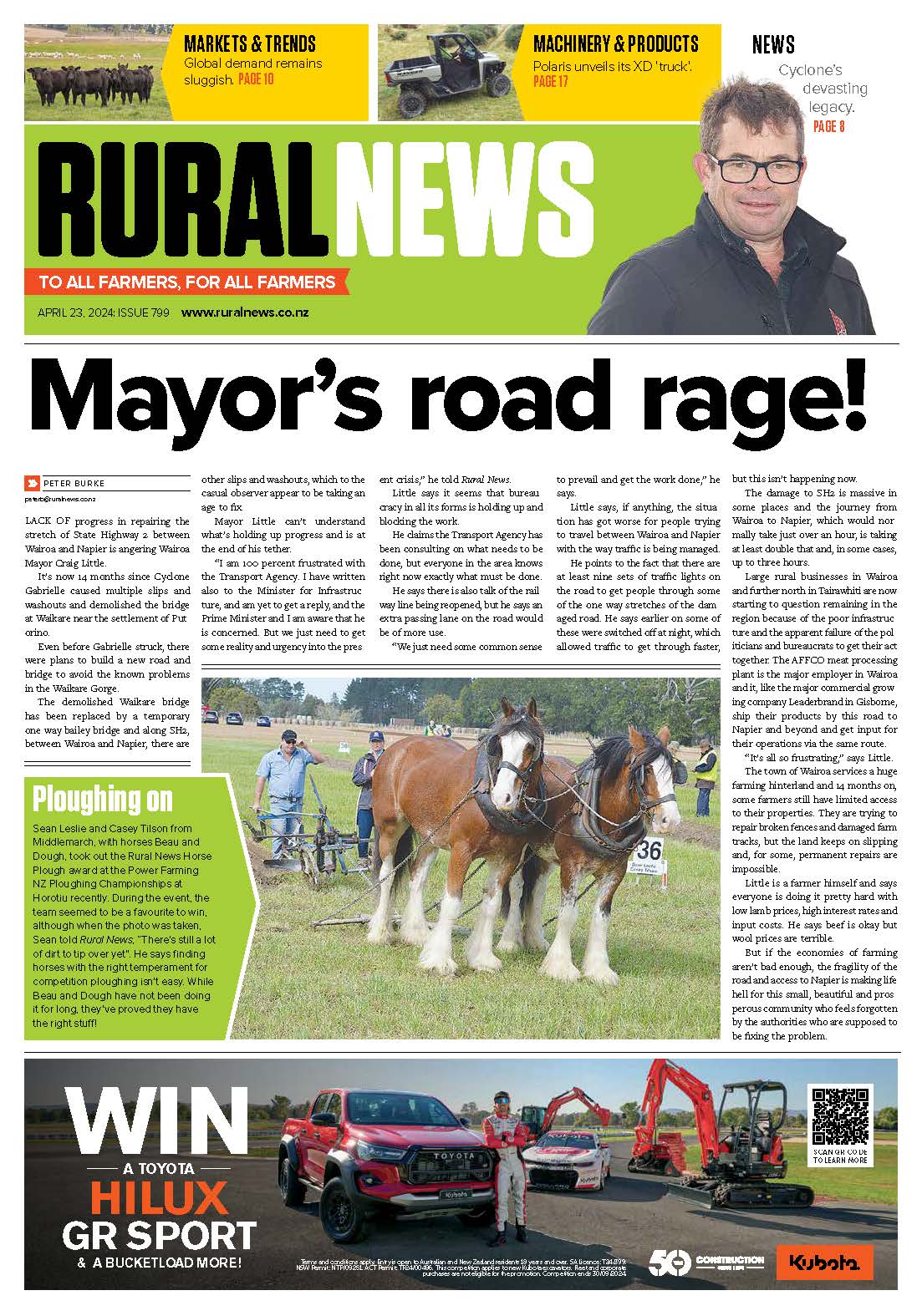Final harvest data for wheat, barley and oats (milling/malting and feed) in 2020 show yields were up 17% overall across the six crops.
The July AIMI (Arable Industry Marketing Initiative) Survey report shows these results were from a reduced number of hectares planted (down 6%), with the net result being a 10% increase in total tonnage compared to last season. It’s worth noting that the 2019’s results were below average.
Federated Farmers vice-chairperson grains, Brian Leadley says the final 2020 figures show strong yields and even a new world record.
“While the 17.398 tonnes/hectare of Kerrin wheat harvested on Eric Watson’s Ashburton farm is testament to great management, it’s also a reflection of a pretty good growing season."
The yield rises recorded in the AIMI survey compared to 2019 were: wheat up an estimated 26%, feed barley up 12%, milling wheat up 11%, malting barley up 1%, milling oats up 5% and feed oats up 6%.
Weather conditions for autumn/winter sowing and establishment have been judged by survey respondents as being very good in most regions. Sowings and intentions are similar to last season, with the exception of malting barley (down 10%), milling oats (up 32%) and feed oats (down 14%) - although less than half of these crops had been actually sown as at 1 July.
Over the two-year period (2019 harvest to predicted 2021 harvest), the harvest area for feed barley and feed wheat is predicted to decrease by 14% and 6% respectively. Conversely, the harvest area for milling wheat is predicted to increase by 26% and for malting barley by 14%.
"While the prediction for total planting area is stable, we’re seeing a bit of a shift by growers to milling wheat rather than feed wheat varieties," Leadley said.
"Wrapped up in that is extra recognition for the quality of New Zealand wheat for domestic consumption and the work that’s been done around raising the profile of our own New Zealand product is paying dividends.
"In tandem with that is the varieties we’re growing are yielding quite well - not quite getting up to feed variety yields but they’re getting quite close. So if growers swing to those, they’ve got choices in the market."
Growers could put their wheat into the milling market but if feed wheat demand is stronger, they have that option. The reverse is not true: feed wheat varieties are generally not suitable for milling.





